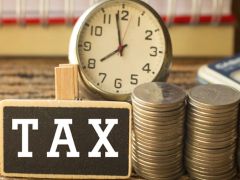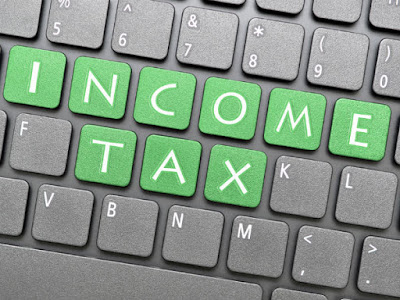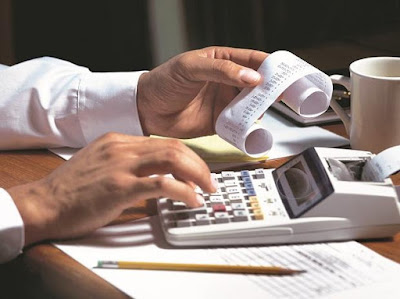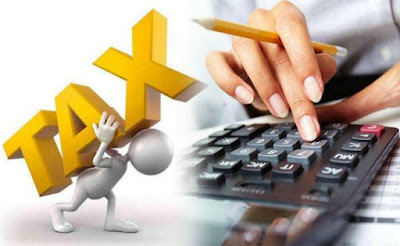Spread out your financial burden by investing in tax-saving instruments throughout the year
Most people awaken to the need for tax planning only after their employer has deducted a high amount of tax at source, or towards the fag end of the financial year. This delay in tax planning means they have to make a massive lump-sum investment in
tax-saving instruments, resulting in a cash crunch during the final quarter of the financial year. Ideally, a person should start tax planning right at the beginning of the financial year based on an estimate of the income one is likely to earn that year. Not only will this ensure smoother cash outflows throughout the year, but the taxpayer will also get adequate time to adjust one’s tax planning in response to fluctuations in income.
To begin
tax planning early in the year, you need to first identify any changes in your personal situation that could have an effect on your tax outgo. A change in job, increase in income, increase in age (say, if you become a senior citizen), sale of house property, or availing of a home loan to purchase a house are some of the developments that could affect how much tax you will have to pay. Changes in tax law announced by the government could also have a positive or negative bearing on your tax liability. If you begin your tax planning early, you will find it easier to adjust to possible changes in tax outgo. Those who leave things for the very end fail to make all the tax-saving investments they could possibly have. They are forced to pay large amounts in taxes, thereby eroding their after-tax income.
Calculate your tax liability: Begin by noting down your income and expenses for the previous year. Then try to arrive at the best possible estimate of your income and expenses for the current year. Thereafter, you can calculate your tax liability based on the tax bracket you fall in.
For instance, suppose that your taxable income was Rs 9.5 lakh in the previous financial year. You expect your income to grow by 20 percent during the current financial year. In the table, we have shown your tax liability for both the years. Once you have calculated your tax liability, it will be easy for you to know how much you need to invest to save taxes to the maximum possible extent. Next, let us examine the benefits of beginning your tax planning early.
Compound money with right tax savers: The purpose of tax planning is not just to save taxes. Your tax planning must also be in sync with your investment planning. This will ensure that even as you save on taxes, you are able to build a handsome corpus over the long term. From the myriad tax-saving options available, select those that can give sound inflation-adjusted returns and thereby ensure your financial security. If you start investing in tax-saving instruments early in the year, a smaller portion of your salary will be deducted. The higher amount that you receive in your hand can be invested, resulting in a larger corpus, owing to the power of compounding.
Avoid uneven tax deduction: With proper tax planning, you can avoid lump sum outflow of tax at the end of the financial year. As we said, calculate your tax liability for the year and then start investing a part of your hard-earned money every month. When you do so, the tax deducted at source every month will reduce, and you will be able to take home a higher income. On the other hand, if you wait till the last minute and then make a massive lump-sum investment at the end of the year, a huge amount of tax will be deducted at source, resulting in a severe cash crunch for you. Thus, the regular and systematic investment can save you from massive tax outgo in the last quarter of the financial year.
Maximize tax saving: A large number of tax-saving avenues are available to taxpayers. Examine their pros and cons and use the ones most suited to your investment goals and investment horizon. First and foremost, there is Section 80C of Chapter VI-A of the Income Tax Act. You can invest in a wide array of instruments – Public Provident Fund (PPF), National Savings Certificate (NSC), five-year term deposit, life insurance, tax-saving mutual funds (also called equity-linked savings scheme or ELSS) – which can help you avail of a maximum deduction of up to Rs 1.5 lakh in a year. Besides these investment instruments, you can also avail of deduction under Section 80C by making claims for expenses such as children's tuition fees and home loan principal repaid during the year.
Next, if you have purchased health insurance for your family, you can claim a deduction of up to Rs 25,000 in a financial year on the premium paid for this policy. Besides the Rs 1.5 lakh deduction that you can get under Section 80 C, you can also avail of an additional deduction of Rs 50,000 under Section 80CCD by investing in the National Pension System (NPS). Donations to specified funds or charitable trusts also make you eligible for full or partial deduction under Section 80G. A few other tax-saving avenues are also available, such as deduction under Section 80EE for the interest rate paid on education loans. Another deduction of Rs 10,000 is available under Section 80TTA on the interest earned from savings accounts.
Besides the above-mentioned tax benefits available under Chapter VI-A, you can also enjoy a maximum deduction of up to Rs 2 lakh in a year on the interest repaid on a home loan taken to purchase a self-occupied property. If you have knowledge of all these tax-saving instruments and begin the process of exhausting all of them right from the start of the year, you can save a massive amount in tax outgo.
Plan your taxes prudently: First, identify and compare all the tax-saving avenues available under the various sections of the Income Tax Act, 1961. Second, align your tax-saving goals with your long-term goals, such as children's marriage and education, your own retirement, and so on. Three, choose investment avenues based on your risk appetite and investment horizon. For instance, someone who is young and in the early stages of his career, or having a high income may be willing to take a higher level of risk. Such a person could make as much as 80 percent of his investment in market-linked options, such as tax-saving mutual funds, unit-linked insurance plans (Ulips), or NPS. Someone who is older or more conservative could choose to put a lesser amount of inequities and more in fixed-income instruments that offer tax benefits, such as PPF, NSC, tax-saving fixed deposits, and so on. When selecting these instruments, do pay heed to your liquidity needs, as all these instruments come with a lock-in. Finally, avoid lump-sum investments and invest systematically for tax planning throughout the year.

Tax planning is the analysis of a financial situation or plan from a tax perspective. The purpose of tax planning is to ensure tax efficiency. Through tax planning, all elements of the financial plan work together in the most tax-efficient manner possible. Tax planning is an essential part of a financial plan. The reduction of tax liability and maximizing the ability to contribute to retirement plans are crucial for success.
Capitalstars is a SEBI registered investment advisor. Schedule a call with Capitalstars investment consultant or drop a mail at
backoffice@capiltalstars.in and we will get in touch with you.
You may also call us on 9977499927.
We will be happy to help you plan your tax. ☺
Get more details here:
Call on:9977499927
* Investment & Trading in securities market is always subjected to market risks, past performance is not a guarantee of future performance.













